5 Outrageous Hays Code Rules Ryan Murphy’s “Hollywood” Breaks
Ryan Murphy’s Hollywood on Netflix is a dreamy, inspiring, and triumphant glimpse at what mainstream storytelling might have accomplished if female, Black, and queer artists had been openly driving the narrative on our screens since the 1940s.
Like many of the actors in Hollywood, Dylan McDermott plays a character within a character. McDermott’s Ernie West dallies on the fringes of the entertainment scene but is never able to break into the industry until his former employees ascend the movie studio ladder and collaborate on the most groundbreaking script to hit Tinseltown.
Interview
Production Designer
Hollywood Production Designer Matthew Ferguson Helps Build Ryan Murphy’s Gorgeous Alternate History
Ryan Murphy’s Netflix limited series Hollywood has all the glitz and glamor of 1940s Hollywood but with an alternate spin on history. We chat with production designer Matthew Ferguson about the challenge of getting the period details right and finding the balance between fact and fiction. The show debuted this past May 1 on Netflix.
Murphy and his team envision an alternative history of Hollywood in 1947,
Interview
Costume Designer
Costume Designers Revive Late Forties Glamour for Ryan Murphy’s Hollywood
Writer-producer Ryan Murphy and his team envision an outrageously optimistic alternative history of the movie business in 1947 via their new show Hollywood. Debuting May 1 on Netflix, the period melodrama boasts a huge ensemble headed by David Corenswet as a fresh-faced actor who works as a gigolo before getting his big break. Along the way, he meets a black screenwriter/prostitute (Jeremy Pope), the voracious wife of a studio boss (Patti LuPone),
Here’s the Trailer For Ryan Murphy’s Ambitious New Netflix Series Hollywood
Ryan Murphy taking on Hollywood in the glamorous (and often odious) period after World War II? Yeah, that sounds like a series we could get into. Netflix has revealed the first trailer for Murphy’s glam, grand, intriguing new series, which takes on Hollywood’s Golden Age by following a slew of up-and-coming actors and filmmakers as they attempt to succeed in a town that crushes dreams as quickly as it makes them.
What makes Murphy’s Hollywood fascinating is that it’s not just a glitzy look at what Hollywood was like when the dinosaurs of the industry were in total,
Interview
Screenwriter
By The Book: Literary Icons Flock to Hollywood
Los Angeles, arguably best known for its flagship status as a gateway to Hollywood and the film industry at large, has developed uncountable stereotypes for the culture that populates its traffic-clogged arteries. And while there might be too many LAisms to count (for starters: epic taco trucks, grass-scented juice bars, fuzzed-up band members sauntering down Sunset Boulevard, etc. etc.) those reserved for the film industry are particularly iconic misnomers. Among them, my favorite: the questioningly ambitious,
Hispanic Moviegoers a Big Part of Hollywood’s Future
When population numbers are taken into account, Hispanics make up the heaviest percentage of moviegoers today. They represent 18 percent of the movie-going population but account for a solid 25 percent of all movies seen in theaters, and their attendance numbers are only going up. Hollywood, of course, has taken note.
“The overall trend is that Hispanics remain the best movie-going customers,” said Ray Ydoyaga, an executive at Nielsen, who helped put together the analytics company’s annual 2012 American Moviegoing report.
Interview
Cinematographer, Director, Editor, Screenwriter
Where Hollywood Hones Its Craft: Getting Film Schooled At AFI
Tucked in the hills of Griffith Park, the American Film Institute is as much a Hollywood mainstay as its film lore surroundings. From campus, one can see the hillsides housing such celebrated fixtures as the Hollywood sign, the Observatory where James Dean got into a knife fight in Rebel Without a Cause, and hundreds of eclectic, multimillion-dollar homes—many of which house Hollywood’s biggest stars—stretching all the way to the Malibu coastline.


